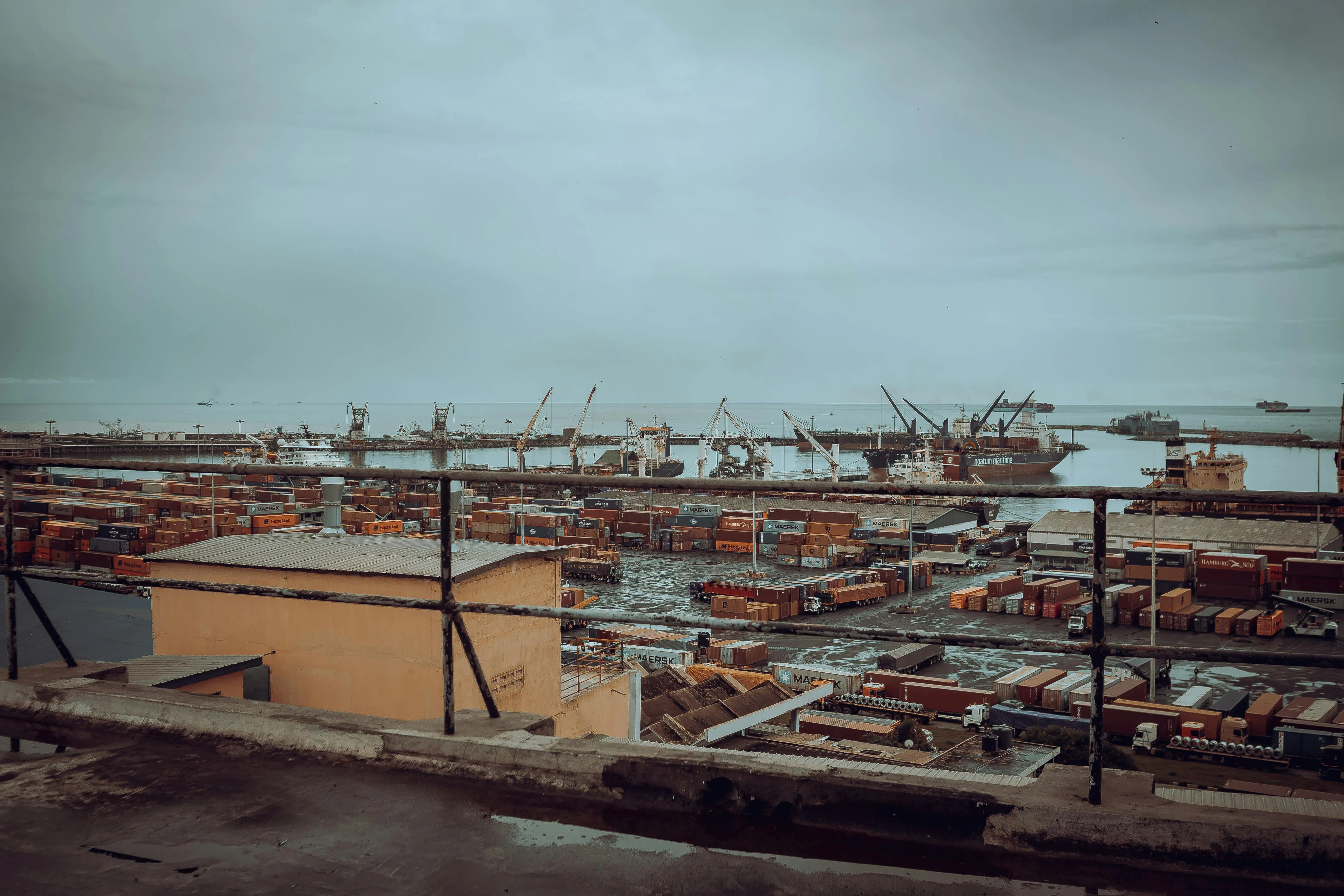The Rise of South-South Trade: Why LATAM-Africa Corridors Matter Now
As the global trade landscape evolves, emerging markets in Latin America (LATAM) and Africa are forging stronger trade links, signaling a new era of South-South commerce. This inter-regional trade corridor, historically underappreciated, now presents significant opportunities for businesses and policymakers aiming to tap into high-growth markets.
What’s Driving Growth Between LATAM and Africa?
Trade flows between Latin America and Africa have grown robustly, with bilateral trade volume exceeding $60 billion in 2024, marking a 40% increase since 2019 (World Bank, 2024). Several factors are fueling this growth:
- Complementary Resources: LATAM exports machinery, vehicles, and agricultural products, while Africa supplies essential raw materials like minerals and oil.
- Increased Investments: Brazilian agribusinesses and Mexican manufacturers are expanding operations in Africa, leveraging synergies in agriculture and manufacturing.
- Trade Facilitation: Regional trade agreements and partnerships between Mercosur and African trade blocs have reduced tariffs and eased cross-border commerce.
Why This Corridor Matters for Businesses and Investors
The LATAM-Africa trade corridor holds strategic importance for several reasons:
- Supply Chain Diversification: In light of recent global disruptions, businesses are seeking new sourcing and market alternatives.
- Rising Consumer Demand: Both regions’ growing middle classes are fueling demand for a broader range of goods and services.
- Sustainable Collaboration: Joint initiatives in renewable energy, agriculture, and climate resilience are enhancing trade relations aligned with ESG goals.
- Technology and Innovation Exchange: Increasing trade in digital services and technology is broadening the corridor beyond commodities.
Challenges and Considerations
While the corridor is promising, it faces hurdles such as infrastructure deficits, regulatory complexities, and financing barriers. Addressing these requires coordinated policy action and strong public-private partnerships.
Best Practices to Capitalize on LATAM-Africa Trade
- Conduct Market Assessments: Identify high-potential sectors and complementary trade opportunities.
- Leverage Trade Agreements: Use existing bilateral and regional trade deals to reduce costs.
- Invest in Infrastructure: Support logistics and transport improvements to facilitate smoother trade.
- Build Local Partnerships: Collaborate with regional stakeholders to navigate regulatory environments.
- Focus on Sustainability: Align projects with global ESG standards to attract investment.
Measuring Impact and Opportunity
Key indicators to monitor include:
- Growth in bilateral trade volume
- Investment flows in key sectors
- Reduction in tariff and non-tariff barriers
- Expansion of trade-related infrastructure
- Increase in technology and service exchanges
Looking Ahead
The rise of LATAM-Africa trade corridors represents a transformative opportunity in global commerce. Companies and investors embracing this shift will be better positioned to capture emerging market growth and build resilient supply chains for the future.
Ready to Unlock LATAM-Africa Trade Potential?
Contact us today to explore how your business can strategically engage with these dynamic markets and navigate the complexities of South-South trade.
